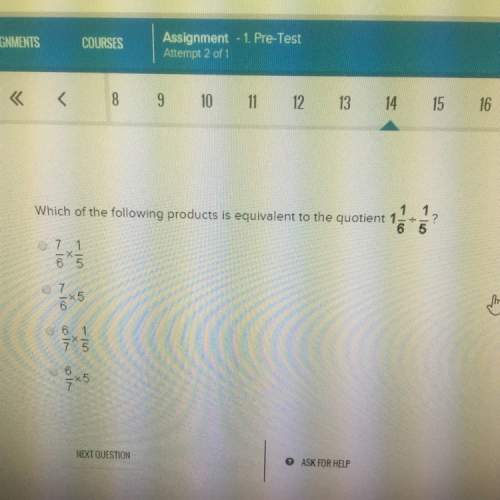
Mathematics, 17.09.2019 03:20, alexagyemang440
If a stock price goes from $10 to $12 from january 1st to january 31, from $12 to $9 from february 1st to february 28th, and from $9 to $15 from march 1st to march 31th is the price change from $10 to $15 a straight line?
it is clear that in each of the three time intervals mentioned there was a complex daily variation of prices as in an electrocardiogram. but what would be a simplified solution for a first naive view of the situation? would a simple function hold up? what is the simplest function to represent this situation? does your naïve initial and simplified model allow you to predict the behavior of the stock in the next month?
how can i use three “pieces” of lines to describe the price movements from the beginning of january to the end of march? show the graph for the price movement.
my question is what does it mean by naive view of the situation, and simplest function to represent?

Answers: 1
Other questions on the subject: Mathematics



Mathematics, 22.06.2019 01:50, savannahwatson620102
Find the area between y=e^x and y=e^2x over [0,1]
Answers: 1

Mathematics, 22.06.2019 02:20, queenmari49
Find the measure of angle b in the following triangle
Answers: 1
Do you know the correct answer?
If a stock price goes from $10 to $12 from january 1st to january 31, from $12 to $9 from february 1...
Questions in other subjects:

















